Jan 24th,2023
Artificial turf is perfect for those who want an amazing lawn with no maintenance.
But we understand that artificial grass isn't for everyone.
However, there are some rumors about artificial turf that are not true.
Customers often contact us with some misunderstood questions about artificial grass.
We've compiled a list of the most common misconceptions we've been asked to clarify:
1.Artificial grass looks unreal
2.Artificial turf does not drain well
3.Artificial grass contains lead and other harmful toxins
4.Artificial grass is not safe for dogs
5.Dog urine can make artificial grass smell
6.Artificial grass is bad for the environment
7.Fake grass gets hot in summer
8.Fake turf is too expensive
9.Artificial grass zero maintenance (this is made by the manufacturer)
10.All artificial grass is made the same way
11.Artificial grass is only suitable for sports fields
12.It is not safe for children to play on artificial turf
In this article, we'll take a closer look at each myth and debunk the truth.
1.Artificial grass looks unreal
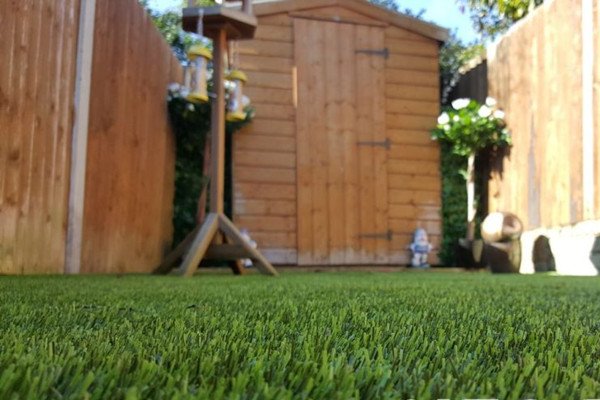
There was a time when this myth was true.
Several years ago, when you mentioned the words ‘artificial’ and ‘grass’ together in the same sentence, images of the nasty looking stuff that greengrocers lined their shelving with would spring to mind.
However, since these dark times, artificial grass has improved greatly and there have been many advancements that have now made it difficult to tell the difference between a real and a fake lawn.
Multiple colour thatches that contain brown ‘dead’ looking fibres have been incorporated into artificial grass.
Many artificial grasses also include multiple shades of green to more closely mimic the colouring of real grass.
This alone has made a huge difference.
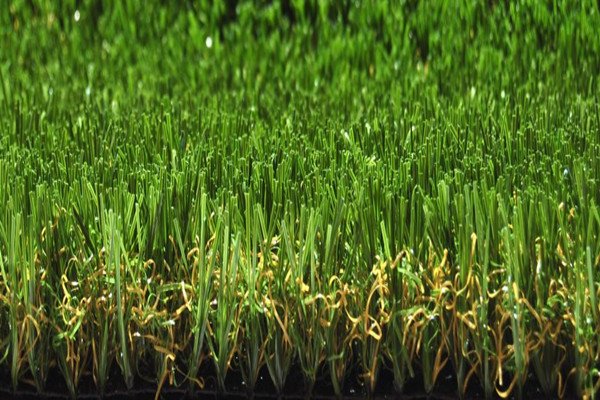
But there have been many other advances over the years as well.
We now use different types of plastics to make synthetic fibers. These have various benefits that not only enhance realism, but also have many other benefits and uses.
One of the problems with fake grass in the past is that the color can appear inconsistent.
Synthetic fibers are reflective in nature due to their smooth/polished appearance. Glare, as light bounces off surfaces, can cause grass to appear a slightly different shade of green depending on the angle from which you view it.
However, the technology was developed to prevent glare from artificial turf, ensuring it looks very natural from all angles.
Fortunately, the myth that artificial grass doesn't look real is a thing of the past.
You can see for yourself by requesting some free samples.
2.Artificial turf does not drain well
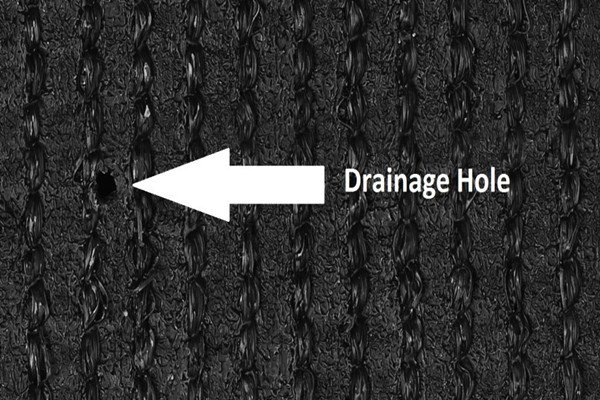
If you look closely at the backing of artificial grass, you will find many small holes, evenly spaced.
These small holes allow water to drain through the artificial grass.
The drain holes allow about 50 liters of water per minute per square meter. That's more than enough to handle the most violent downpours.
Once the water has passed through the grass, what happens next depends on how the artificial grass is installed.
For a typical installation, the mount containing the MOT Type1 will fit at approximately 50-100mm.
When using Type 1 we recommend that you crown it to ensure that the center of the lawn drops slightly to allow surface water to run off.
Alternatively, if you have drainage problems in your garden, or if you have dogs, we recommend installing a sub-base consisting of 50-100mm of 10-12mm granite or limestone chips (use whatever material is most readily available in your local area).
You can see for yourself by requesting some free samples.
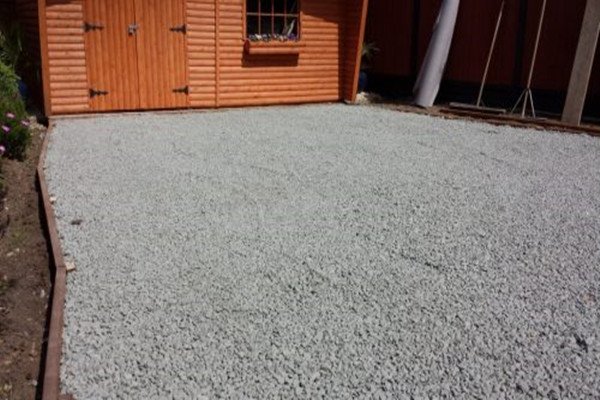
The reason for this is that granite chips do not contain any fines or dust.
This means that, once compacted, you get a permeable, fast-draining foundation that can easily handle the heaviest downpours.
If artificial grass has been installed on concrete or a balcony, the existing surface should be inspected before installing to see if water will run off without forming puddles.
If puddles do occur, they can be easily corrected by drilling drainage holes in the concrete or installing linear drains.
Check out our article "How to Install Artificial Grass on Concrete" for more information.
The takeaway here is to make sure drainage is considered or consult an expert before proceeding with the installation to avoid poor drainage of the lawn.
3.Artificial grass contains lead and other harmful toxins
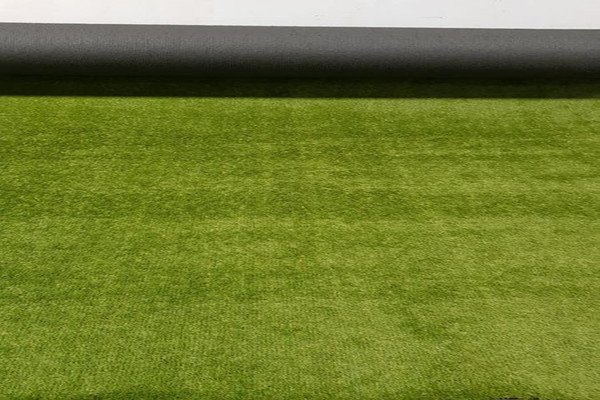
This myth arose in the early days of artificial grass, and, like several of the myths we discuss here, it has some truth.
Over the past few years, some artificial grass has been found to contain traces of potentially toxic substances.
However, this does not mean that this is the case with every artificial grass.
Generally speaking, if your artificial grass is produced in the EU, strict regulations and standards must be followed, which means you can rest assured that your grass is completely safe for you, your family and your pets.
To be sure, check with your manufacturer to confirm that their products have been independently tested and verified to be free of hazardous substances.
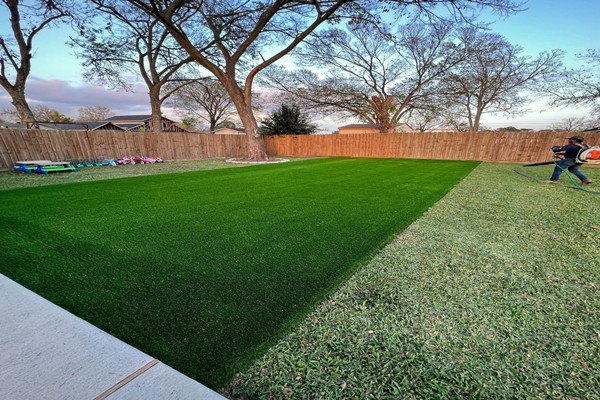
Choosing a quality artificial turf will ensure that your lawn is safer for you, your family, and your pets than real turf.
This is because the use of potentially harmful pesticides, fertilizers, and other chemicals may sometimes be required when maintaining a real lawn.
With artificial grass, these chemicals are no longer needed.
Another rumor busted.
4.Artificial grass is not safe for dogs
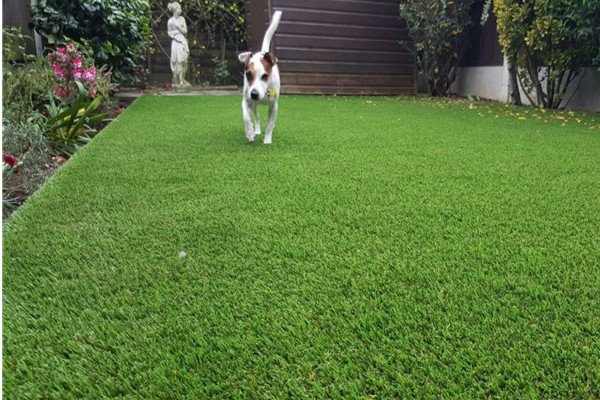
Contrary to popular belief, artificial grass is great for pets.
Many pet owners are understandably frustrated at having to clean up muddy paws every time their dog is out in the garden.
With artificial grass, this will be a thing of the past as there is no dirt and no mess.
Dogs and pets will have fun playing on it, just like they would on real grass.
Another benefit of artificial grass is that it provides them with a healthier environment to play in – one free of chemical fertilizers and pesticides.
Urine and solids will not contaminate or harm artificial grass in any way.
We have found that a large percentage of our clients are dog owners. For this group of people, the benefits are too great to pass up.
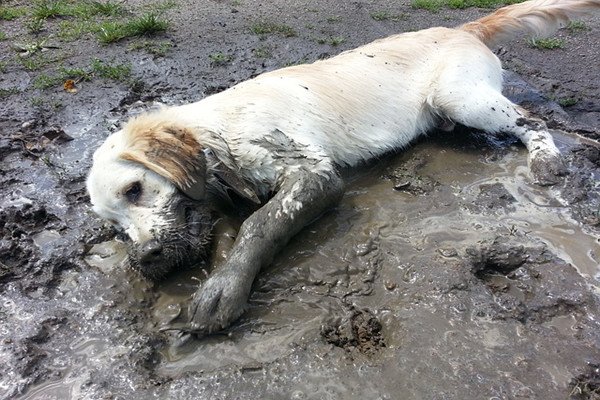
The heavy use and scorched turf created by urine results in a lawn that more closely resembles Glastonbury than Centre Court at Wimbledon.
You can rest assured your dog will love playing on artificial grass, whilst you can enjoy your low maintenance lawn that saves you from the chore of having to clean muddy paw prints off your floor and furniture.
5.Dog urine can make artificial grass smell
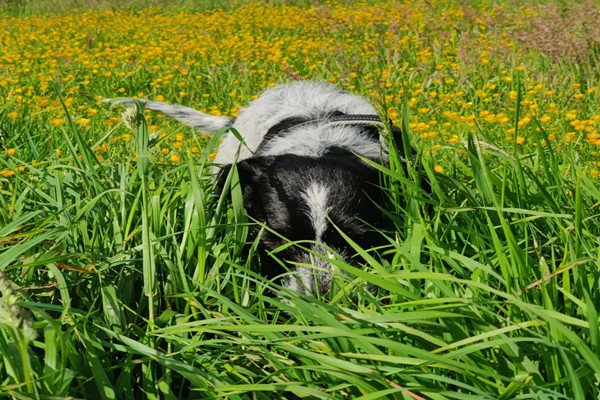
This rumor correctly concerns dog owners who are considering installing artificial grass.
However, if installed correctly, your artificial grass will not smell bad.
For dog owners, we recommend a slightly different installation method than is usually used.
Our recommendation is to install a subgrade consisting of 10-20mm granite or limestone chips rather than MOT type 1.
These crumbs are basically type 1 crumbs that have been passed through a giant sieve to remove the fines, leaving only crumbs or stones.
This is installed in the same way as Type 1 (i.e. a minimum depth of 50 mm and compacted using a vibratory plate compactor).
The difference, however, is that the detritus will provide a better draining lawn, allowing urine to pass through easily without leaving behind a potentially unpleasant odor.
But what do you do if your artificial turf is already installed and it's too late to install a new subbase? Well, we recommend that you install a professional artificial grass infill specially designed to absorb unpleasant odours.
Again, while there may be some truth to this rumor, if you follow these guidelines, you can expect having artificial grass to be one of the best decisions you'll ever make for your pet.
6.Artificial grass is bad for the environment
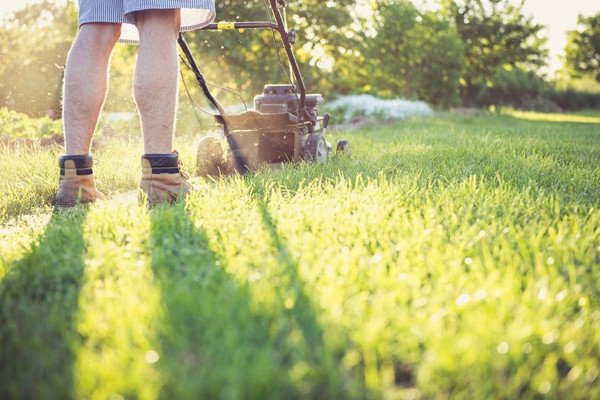
This isn't true for several reasons.
First, artificial grass saves water consumption.
During the summer, real grass may dry out, especially during times of drought. The only way to prevent this is to keep watering your lawn.
Second, gas powered lawn mowers have been shown to have a negative impact on the environment.
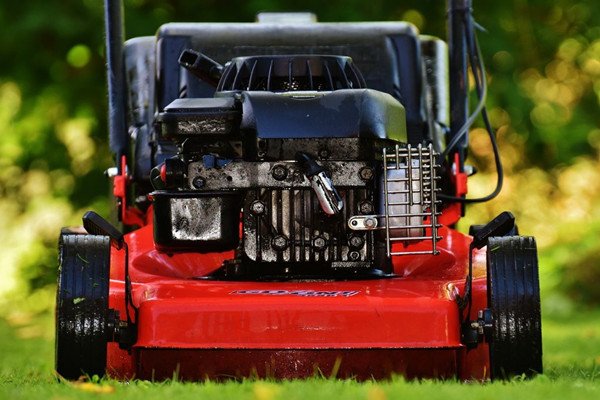
According to a study by Stockholm University, a gas-powered lawn mower emits the same amount of pollutants as driving your car 100 miles.
Finally, with artificial grass, you will no longer need to use harmful pesticides and fertilizers to maintain your lawn.
Not only is this better for the environment, but it's also safer for you, your family and your pets.
7.Fake grass gets hot in summer
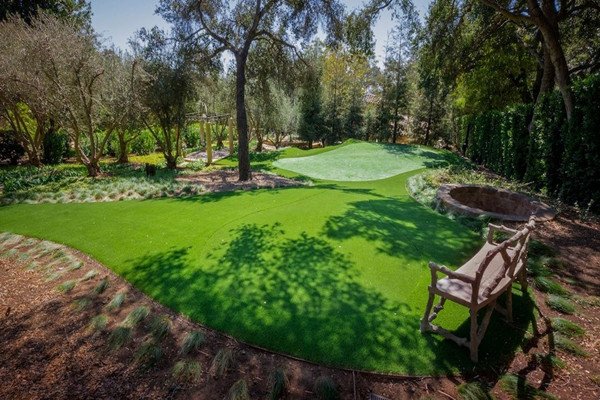
Over the past few years, this myth has become a reality, and with some low-quality artificial grass, it remains true.
This myth is understandably worrisome.
The time you'll most want to use your garden is during the summer months, which can obviously become a problem if your artificial turf is too hot to use.
However, in recent years the innovative Feelgood technology has been developed to prevent artificial grass from getting hot.
You can see this clearly in the video below captured with an infrared camera.
Feelgood technology works by reflecting and dissipating heat into the atmosphere; keeping your lawn up to 12 degrees cooler than standard artificial turf.
Our artificial grass uses this innovative technology.
8.Fake turf is too expensive
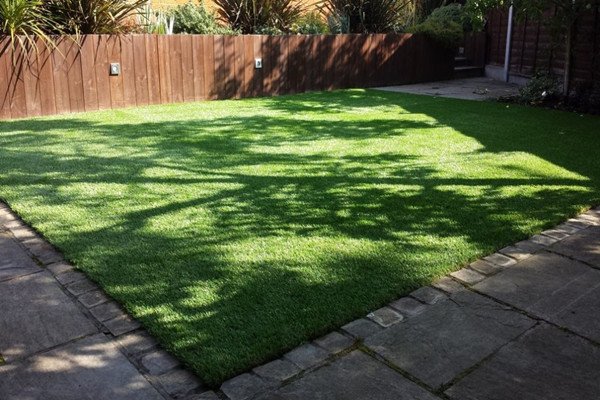
Of course, installing artificial turf requires a certain fee.
But artificial grass may pay for itself in the long run.
Anyone who has tried maintaining a real lawn will know that it takes more than water and sunlight to grow a decent looking real lawn - especially in gardens where trees and/or children and pets make it difficult for real grass to grow .
As our lives get busier and time is at a premium, many would rather spend the little time relaxing in the garden with a glass of wine than work.
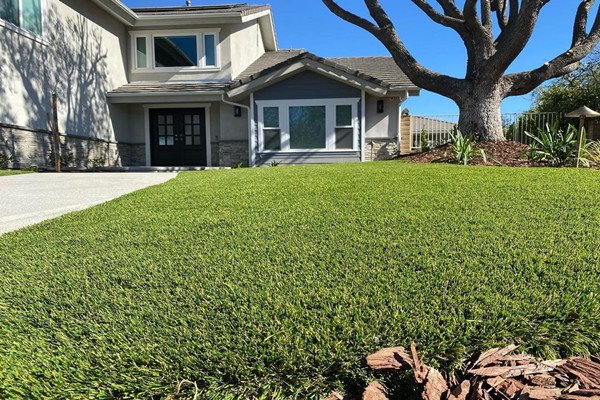
But it's not just time that's at stake here.
Things like grass seeds, fertilizers, and pesticides come at a cost, and those costs really start to add up over time.
Not to mention the cost of the lawn mower and other gardening equipment needed to maintain a real lawn.
Then there is always the added water bill to consider during the summer months.
Installing artificial turf will save you a lot of money if you hire a professional gardener to maintain your lawn.
Unfortunately, ongoing maintenance is required to keep your real lawn looking good year-round, but with artificial turf, while it still requires some maintenance, it's minimal.
So yes, having artificial turf does come at a price, but it will save you money and time in the long run.
9.Artificial grass zero maintenance (this is made by the manufacturer)
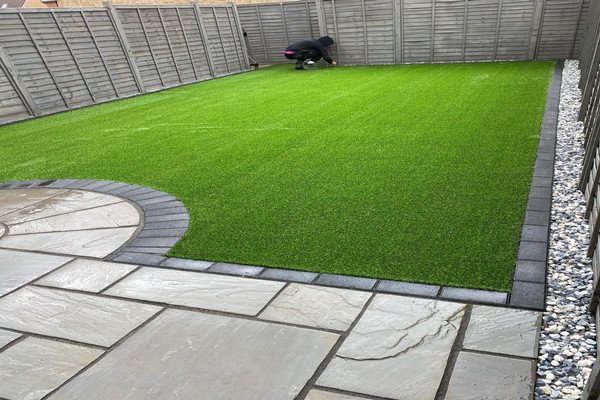
Many artificial grass suppliers and manufacturers report zero maintenance for artificial grass.
Unfortunately, this myth is not true either.
Fortunately, however, the maintenance required is only a fraction of what a real lawn needs to look its best.
Depending on the degree of use, all artificial turf will require occasional sweeping with a stiff broom.
This should be done by sweeping "into the heap".
All artificial grass has a very slight pile orientation (i.e. the fibers are slightly angled in the same direction), this is done to remove debris and to help lift the fibers.
For an average garden, this will most likely only need to be done once or twice a year.
You also generally don't need to rinse artificial turf to clean it. In the UK we usually get enough rainfall to take care of that.
However, if you have dogs, then perhaps during times of low rainfall, you should consider doing this to prevent potential odors.
Also, artificial turf is not 100% free from weeds.
Seeds dropped by birds can nestle in piles, producing weeds. Luckily though, weeds are easy to remove by hand or with a broom since they don't grow in the grass.
Weeds may also appear at the edges of the lawn, where any weedy film ends up.
Fortunately, weeds are rare and don't come close to the degree weeds form on real grass. Plus, if they do, they're easily removed.
To prevent weed growth, we strongly recommend placing a double layer of weed film during installation. The first layer should be installed on the ground immediately after the existing lawn has been excavated, and the second layer should be placed directly under the artificial turf.
Many people use a garden vacuum to maintain their fake lawn instead of a stiff broom, and while it will be easier, you don't have to rush into buying a garden vacuum.
10.All artificial grass is made the same way
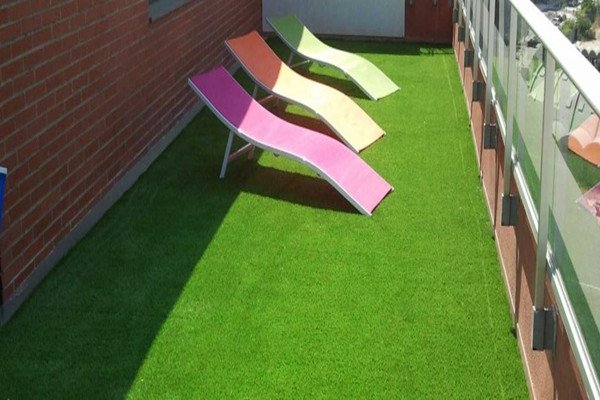
There are many different types of artificial grass available today.
Some grasses are made for residential gardens, others for schools and playgrounds, and still others for balconies.
This is because different qualities are required to ensure that the grass performs optimally in different situations.
For example, for balconies, you are better off using a shorter pile. For a back garden, you may wish to consider a long pile.
Artificial grass can also be manufactured from three different types of fibre: nylon, polypropylene or polyethylene.
Nylon is the strongest fibre of the three, making it ideal for areas that will receive heavy use. However, due to the cost of this plastic, it’s best avoided for a front garden; in this instance we would recommend a polypropylene or polyethylene grass instead.
Further still, you’ll want to consider whether to choose a grass that features the latest artificial grass technology, such as Instant Recovery, Natural Look and Feelgood.
These features are more suitable in some situations than others.
For example, for a back garden that’s going to receive heavy use, you’ll want to consider a synthetic grass manufactured using nylon fibres such as Aberdeen, Inverness or The Arena.
11.Artificial grass is only suitable for sports fields
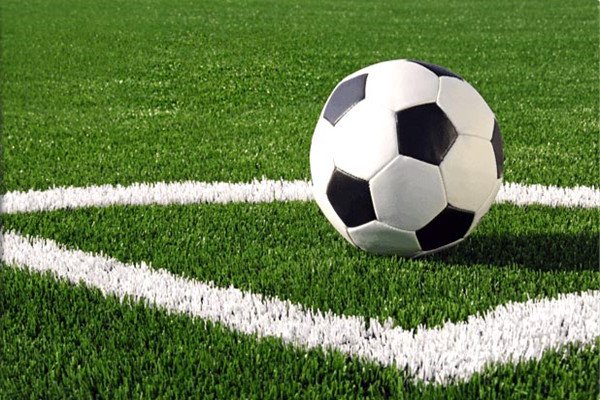
Indeed, when artificial grass was first manufactured in the 1960s, it was designed for playing fields.
That's because groundskeepers are working hard to maintain real grass to withstand the regular heavy wear and tear of sporting events.
However, it didn't take long for artificial turf to be installed on residential properties.
There are now tons of artificial grass designed for gardens and lawns.
You now have many different options to choose from, including various shades of color, different pile heights, and different materials.
12.It is not safe for children to play on artificial turf
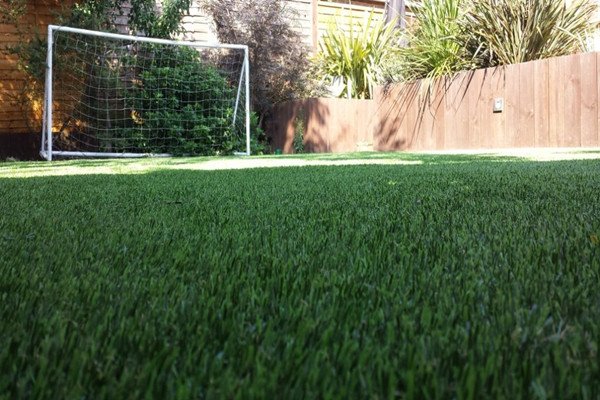
The source of this rumor is difficult to know.
Of all the myths we bust in this article, this one is the most puzzling.
The kids absolutely love playing on the artificial turf.
For them, the most important benefit of owning artificial grass is that it can be used all year round without mess!
This is especially useful for those mild winter days when you can play outside, rather than being restricted to indoor play because there is a real lawn too swampy to use.
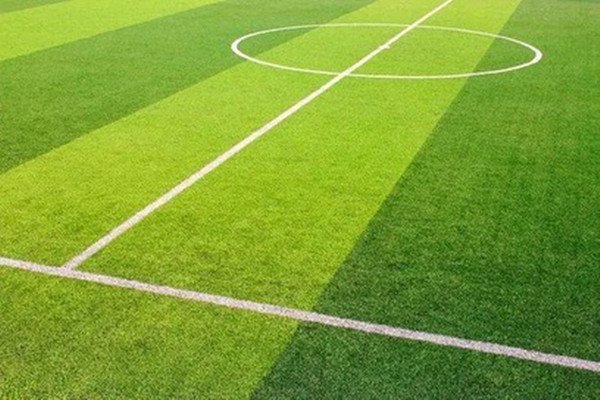
Budding footballers will love playing on their immaculate artificial turf, which feels like playing at Wembley Stadium.
Be sure to choose grass that has been tested for harmful substances, and you can rest assured that artificial turf will create a healthier playing environment.
A plant free of pests and the harmful chemicals found in pesticides and fertilizers.
Artificial grass is also great for little ones. If your garden consists entirely of paving, artificial grass is great for transforming hazardous areas of your garden into soft play areas.
For added safety, foam shock pads can be installed underneath the grass.